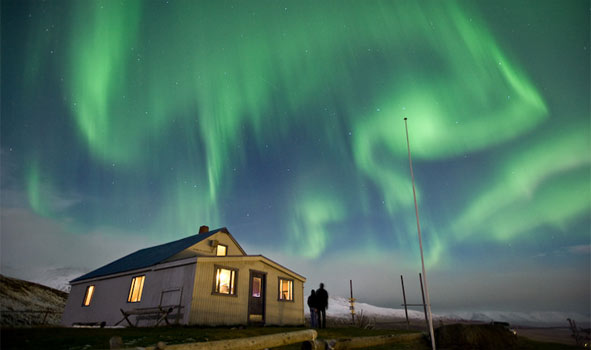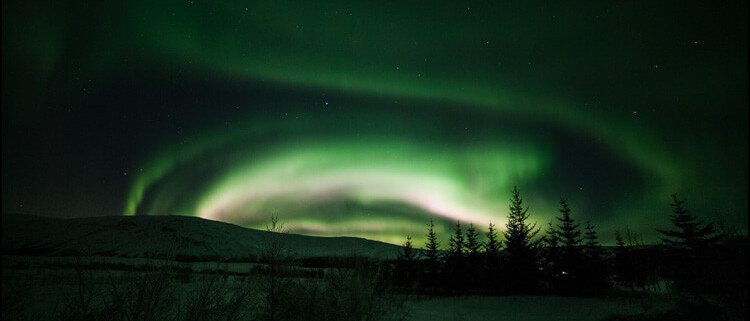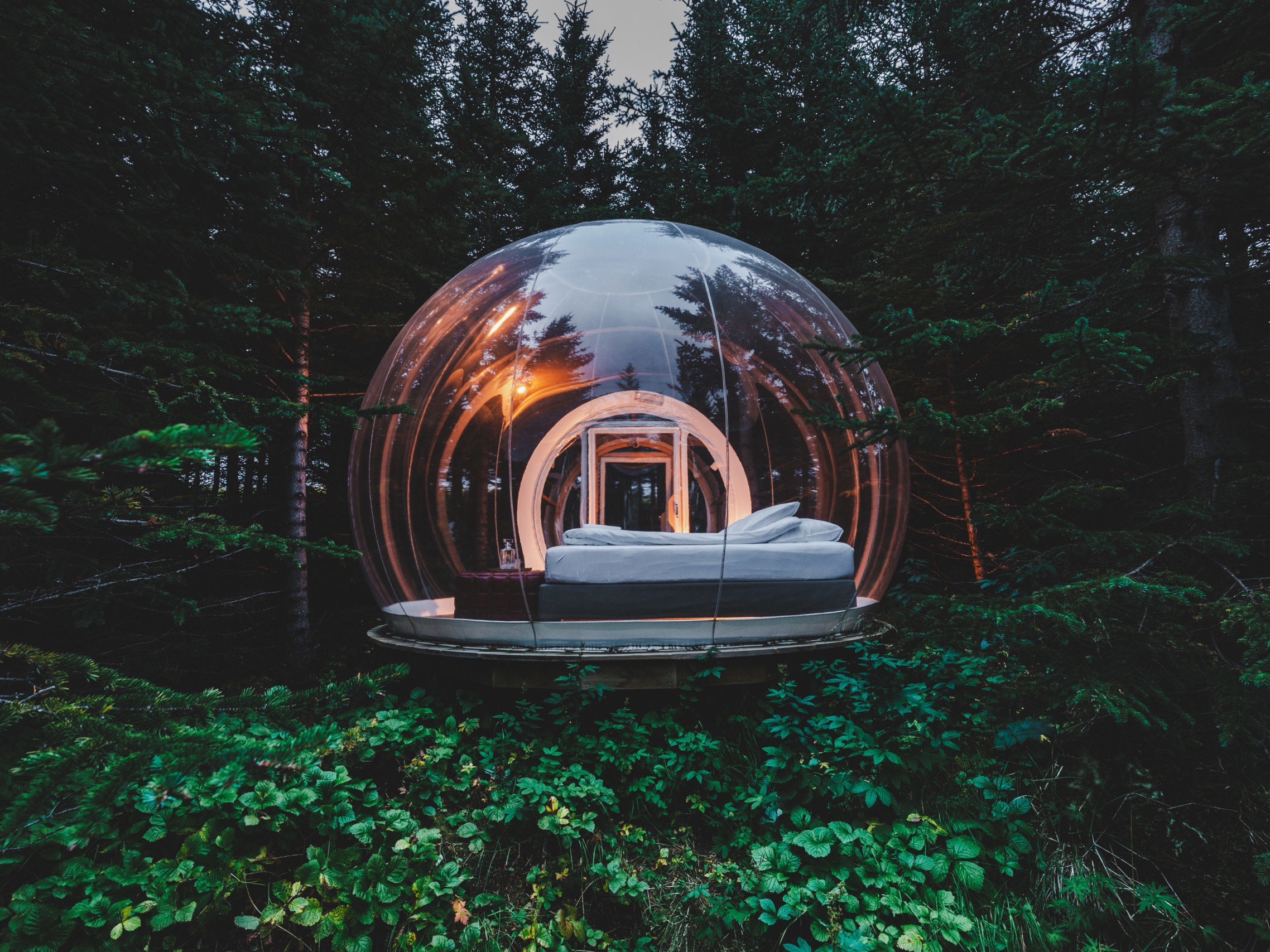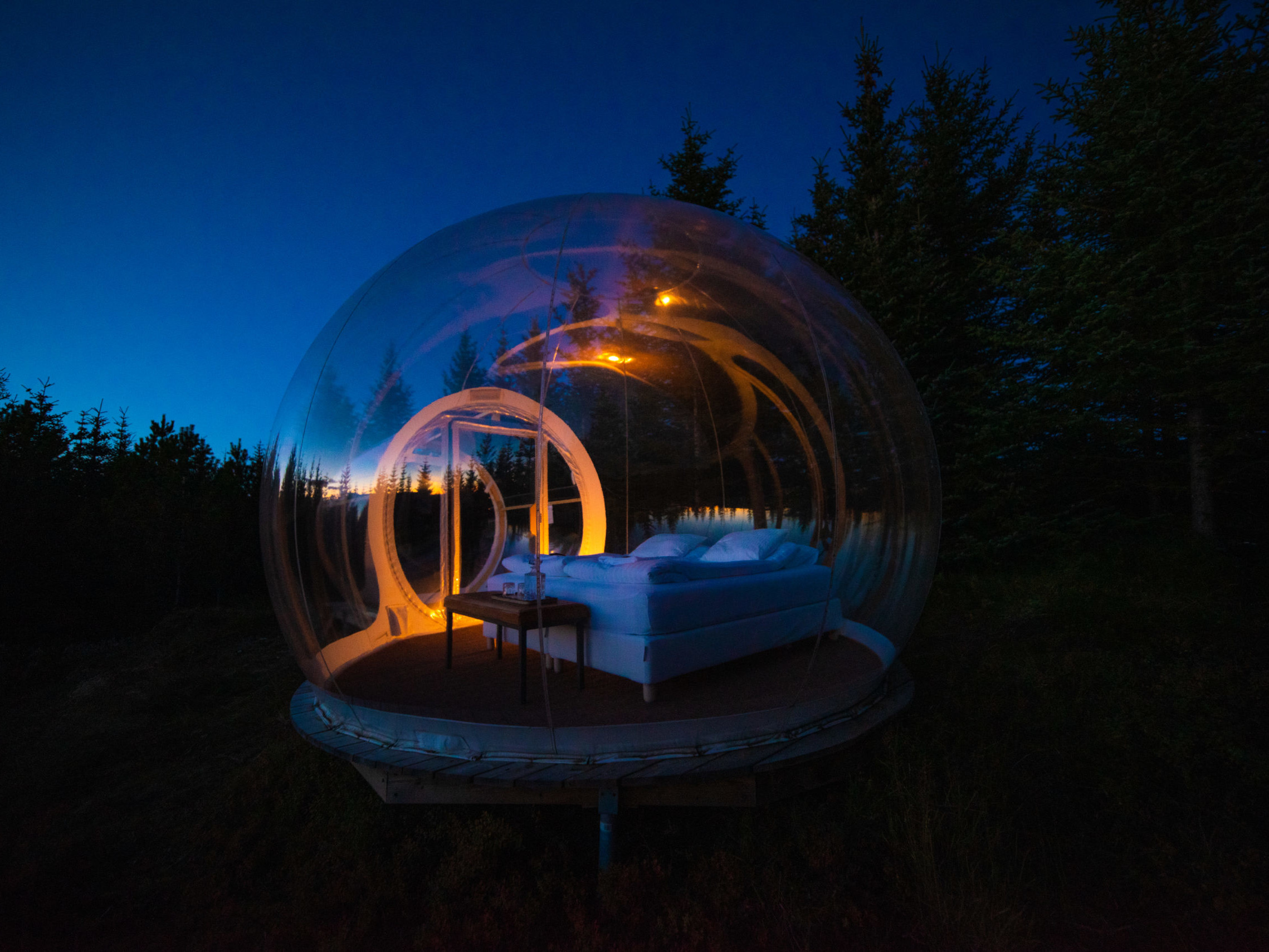Where Can We See The Northern lights?
This is understandably one of the most common question people ask when they are looking for information about the Aurora. Naturally it’s important to find out where it’s possible to see the Northern Lights before you start making detailed travel plans.
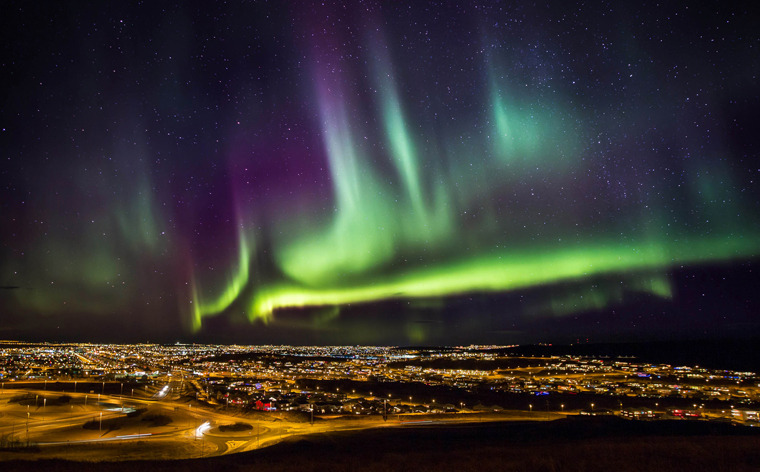
When Is The Best Time To See The Aurora?
The Northern Lights season starts every year in September and is until mid-April. There isn’t one particular month better than the other, the lights are hard to predict or plan for and the weather can prove challenging. That said, if you have a clear sky and can see the stars then you might be in for a good viewing.
One of the most important factors is the length of your stay as each day increases your chances of seeing the beautiful lights. We usually advise people to stay here for at least 4 days as the lights are often active for 2 – 3 days and then low for 4 – 5 days.
Iceland is an ideal place to hunt for the Northern Lights. In order to get the best viewing, go outside the city and away from the artificial lights. Often you don’t have to go far, just away from the lights as they often hinder you from seeing the Aurora Borealis.
Self-Drive v Guided Tour
Another common question we often get is whether we recommend a self-drive, guided tours from Reykjavík or a combination of both.
The main advantage of booking a tour is that your guide knows the forecast and has access to much more information so there’s a good chance of spotting the Northern Lights. If the forecast isn’t looking good by 6pm, they send a cancelation message and you’ll have another chance the following night. They provide the transport and know the roads so take you to the right spots.
In the winter, roads conditions can be icy and not ideal, so we don’t advise self-driving unless drivers are familiar with snowy and icy roads.
Road more on Driving In Iceland.
It is common for people to opt for both, tours and self-drive. It all depends on what each person is comfortable with. We recommend that you spend a few nights out in the countryside if you stay in Iceland for more than 5 days. You don’t need to go far out the city to be in with a chance to see the dancing Aurora. If the sky is clear of clouds then head down to Grotto and wait patiently.
If you have a car, drive out of the city and away from the light pollution to areas like Grotta, Mosfellsbaer, Seltjarnarnes and Perlan, where you can easily park.
Further afield, head to Thingvellir National Park near the Golden Circle to be surrounded by nature for a vast open sky ready for the nights display. Threngsli, Seljavallalaug Pool, Vík, Eldborgahraun, Djúpavík, Látrabjarg in the Westfjords, Ásbyrgi Canyon, Hvammsfjordur, Jokulsarlon, East fjords, Hvitserkur, Siglufjordur, Reynisvatn, Öskjuhlid, Borgarholt in Kopavogur and Kirkjufell.
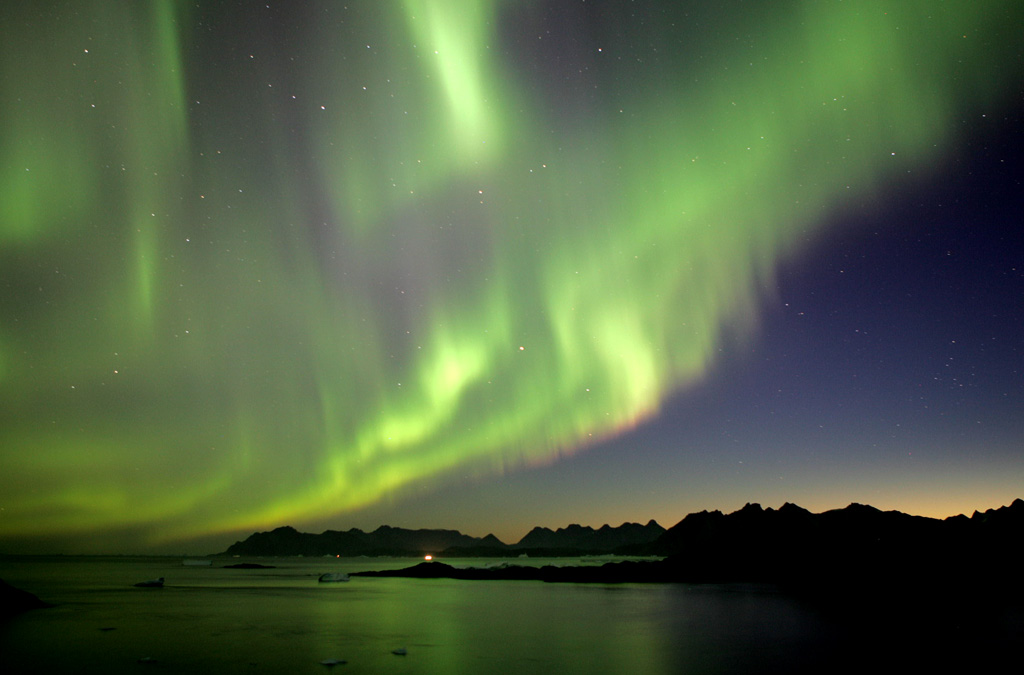
Understanding The Northern Lights Forecast
There are a few things you need to consider when you take a look at the forecast. Firstly, look for the white areas on the map, these show clear sky (so a low cloud coverage). Secondly, in the top right corner you will see a scale which shows numbers and indicates to a moderate, active or high performance of the Northern Lights. Finally, the weather in Iceland changes constantly so it’s important to check the forecast regularly during your stay, especially if you are doing a self-drive so see where to drive to.
When you go on a bus or superjeep tour, the drivers know where to hunt for the lights each night. Also keep in mind that even though the forecast says low, go outside and hunt for the lights if the sky is clear, they tend to show up without any notice.
